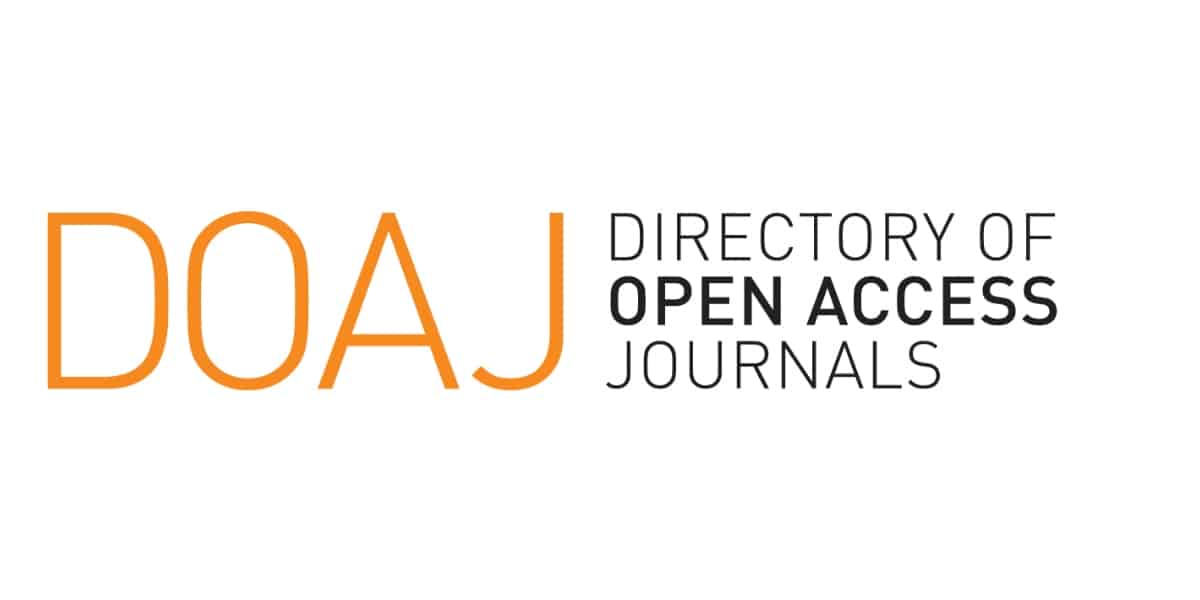Pertumbuhan Akar Anggrek Bulan Melalui Sistem Tanam Hidroponik dalam Smart and Aesthetic Greenhouse
Keywords:
Anggrek, Phalaenopsis, hidroponik, pertumbuhan, akarAbstract
Hydroponic orchid (Phalaenopsis) growing is a modern agricultural technique that is growing in popularity due to its ability to produce high quality orchid plants with efficient use of resources. Hydroponics is an agricultural method that does not use soil media, but rather nutrient solutions specially formulated to meet the nutritional needs of plants. In orchid cultivation, hydroponics offers several advantages, including more precise nutrient control, a more sterile growing environment, and a reduced risk of soil-borne pests and diseases. The aim of this study was to investigate the effectiveness of the hydroponic method in orchid cultivation, focusing on vegetative growth, flower quality and the efficiency of water and nutrient use. The results of the study showed that orchids grown hydroponically had faster growth and better flower quality compared to conventional methods. The average growth of orchid roots in the aquaponic system was 2mm per week and the growth of orchid roots without hydroponics was approximately 1.3mm per week.
References
[1] R. A. Najikh, M. Hannats, H. Ichsan, and W. Kurniawan, “Monitoring Kelembaban, Suhu, Intensitas Cahaya Pada Tanaman Anggrek Menggunakan ESP8266 Dan Arduino Nano,” Jurnal Pengembangan Teknologi Informasi dan Ilmu Komputer. Vol. 2, No. 11, hlm. 4607-4612. Malang, Nov. 2018. [Online]. Available: http://j-ptiik.ub.ac.id
[2] Balai Penelitian Tanaman Hias, “Budidaya Anggrek Dendrobium,” Balai Penelitian Tanaman Hias, Accessed: Sep. 21, 2024. [Online]. Available: https://ppid.pertanian.go.id/doc/1/Budidaya%20Anggrek%20Dendrobium.pdf
[3] D. S. Badriah, “Budidaya Anggrek Phalaenopsis,” Balai Penelitian Tanaman Hias, Accessed: Sep. 21, 2024. [Online]. Available: https://ppid-pertanian-go-id.webpkgcache.com/doc/-/s/ppid.pertanian.go.id/doc/1/Budidaya%20Anggrek%20Phalaenopsis.pdf
[4] A. W. Purwanto, ANGGREK Budi Daya dan Perbanyakan, 1st ed. Yogyakarta: LPPM UPN Veteran Yogyakarta Press, 2016. Accessed: Sep. 21, 2024.
[5] F. Amara, F. Rahmatia, D. Yudha, and L. Dhewantara, “Ikan Mas Koki (Carassius auratus) Dalam Sistem Mini Akuaponik,” Jurnal Akuatika Indonesia, vol. 6, no. 2, pp. 57–61, Sep. 2021, Accessed: Sep. 21, 2024. [Online]. Available: https://jurnal.unpad.ac.id/akuatika-indonesia/article/view/35742/0
[6] R. Friadi, “Sistem Kontrol Intensitas Cahaya, Suhu dan Kelembaban Udara Pada Greenhouse Berbasis Raspberry PI,” Feb. 2019. JTIS. Volume 2 Nomor 1 pp. 30-37. Accessed: Sep. 21, 2024.
[7] H. Zannah, S. A Zahroh, E. R, Sudarti, and trapsilo P, “Peran Cahaya Matahari Dalam Proses Fotosintesis Tumbuhan,” Cermin : Jurnal Penelitian. Vol. & No.1. pp. 204-214. Jember, Jul. 2023. Accessed: Sep. 21, 2024. [Online]. Available: https://unars.ac.id/ojs/index.php/cermin_unars/article/download/2897/2169
[8] R. Rizal Putra et al., “Pengaruh Cahaya Dan Temperatur Terhadap Pertumbuhan Tunas Dan Profil Protein Tanaman Anggrek Phalaenopsis Amabilis Transgenik Pembawa Gen Ubipro::PaFT,” Bioeksperimen, vol. 2 (2), no. 2, Pp. 79-90. Sep. 2016, Accessed: Sep. 21, 2024.
[9] W.-J. Guo, Y.-Z. Lin, and N. Lee, “Photosynthetic Light Requirements and Effects of Low Irradiance and Daylength on Phalaenopsis amabilis,” 2012. J. AMER.SOC.HORT.SCI. 137(6):465–472.
[10] M. I. Rosidy, Sunawan, and Djuhari, “Respon Pertumbuhan Anggrek Bulan (Phalaenopsis amabilis) Akibat Perlakuan Frekuensi Peredaman Dan Konsentrasi Poc Kotoran Ayam Pada Budidaya Sistem Talang,” Februari, Feb. 2024. Jurnal Agronisma. Vol. 11, NO. 2, pp. 418-430. Accessed: Sep. 21, 2024.
[11] A. Suyanto, Setiawan, and K. Ropiana, “Pemanfaatan Berbagai Jenis Media Tanam Untuk Pertumbuhan Anggrek Bulan (Phalaenopsis amabilis) Pada Pot Individu,” Sep. 2021. Agrofood Jurnal Pertanian dan Pangan. Vol 3 No.2. Pp 22-27
[12] Soelistijono, C. Sumardiyono, A. Priyatmojo, and E. Semiarti, “Karakteristik Isolat Rhizoctonia sp. Patogenik dan Rhizoctonia Mikoriza Pada Tanaman Anggrek Tanah (Spathoglottis plicata),” Agrineca, vol. 12, pp. 1–15, Jan. 2012, Accessed: Sep. 21, 2024.
[13] U. Marnando, W. Widayanti, S. Septilia, U. Hasanah, and A. R. Sinensis, “Utilization of Home Yard for Lettuce Cultivation with a Hydroponic,” Jurnal Biologi Tropis, vol. 22, no. 1, pp. 40–45, Dec. 2021, doi: 10.29303/jbt.v22i1.3196.
[14] M. A. Tahir and E. Puspitosarie, “Upaya Peningkatan Efektivitas Pemasaran Aquaponik Melalui Pendampingan Manajemen di Sekolah alam Nur Hikmah Kota Malang,” Apr. 2022. Jurnal Aplikasi dan Inovasi Ipteks Soliditas. Vol.5 No.1 pp. 168-174. Accessed: Sep. 21, 2024. [Online]. Available: https://www.neliti.com/publications/444445/upaya-peningkatan-efektivitas-pemasaran-aquaponik-melalui-pendampingan-manajemen
[15] R. E. S. Dauhan, E. Efendi, and Suparmono, “Efektifitas Sistem Akuaponik Dalam Mereduksi Konsentrasi Amonia Pada Sistem Budidaya Ikan,” e-Jurnal Rekayasa dan Teknologi Budidaya Perairan, vol. III, pp. 297–301, Oct. 2014, Accessed: Sep. 21, 2024. [Online]. Available: https://media.neliti.com/media/publications/233529-efektifitas-sistem-akuaponik-dalam-mered-aee7ec21.pdf
Downloads
Published
Issue
Section
License
Copyright (c) 2024 Ayu Ratna Permanasari, Harita Nurwahyu Chamidy, Robby Sudarman, Dianty Rosirda, Mochammad Machmud Rifadil, Wahyu Wibisono (Author)

This work is licensed under a Creative Commons Attribution 4.0 International License.
















